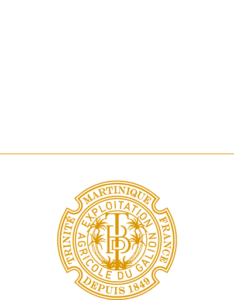
TERROIR RHUM

TERROIR RHUM
BY CONTINUING YOUR NAVIGATION ON THIS SITE, YOU CERTIFY THAT YOU ARE OF AGE IN YOUR COUNTRY

THE ROSE OF MARTINIQUE, KNOWN AS THE “PORCELAIN ROSE”, IS AT THE HEART OF OUR IDENTITY AND PROUDLY CELEBRATES MARTINIQUE’S UNSPOILT NATURE.
Nestled in the heart of the Lesser Antilles between St Lucia and Dominica, Martinique is an island with a rich blend of French and West Indian influences. Its lush vegetation and rich biosphere earned it the original name of Madinina, “Flower Island”.
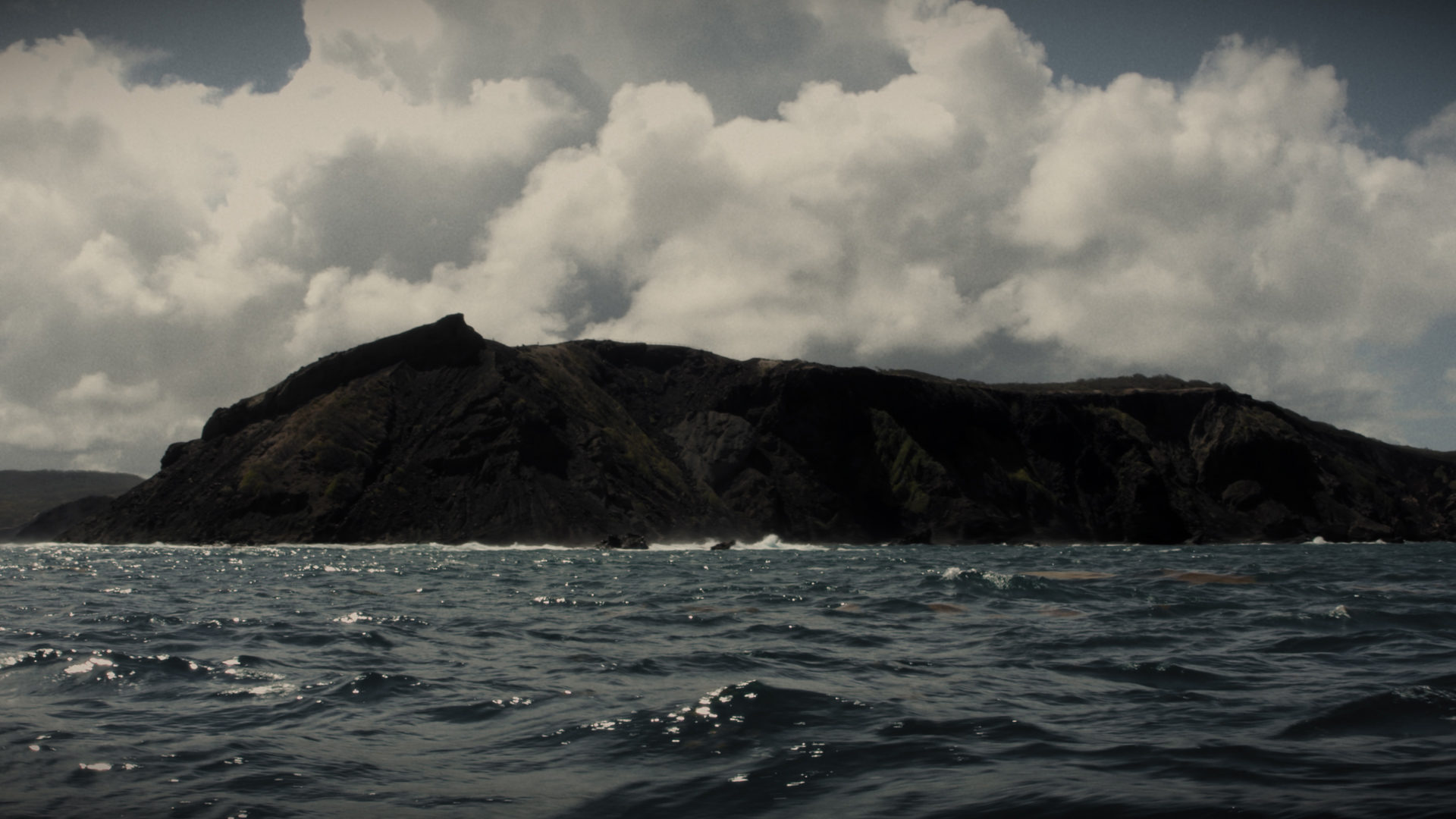
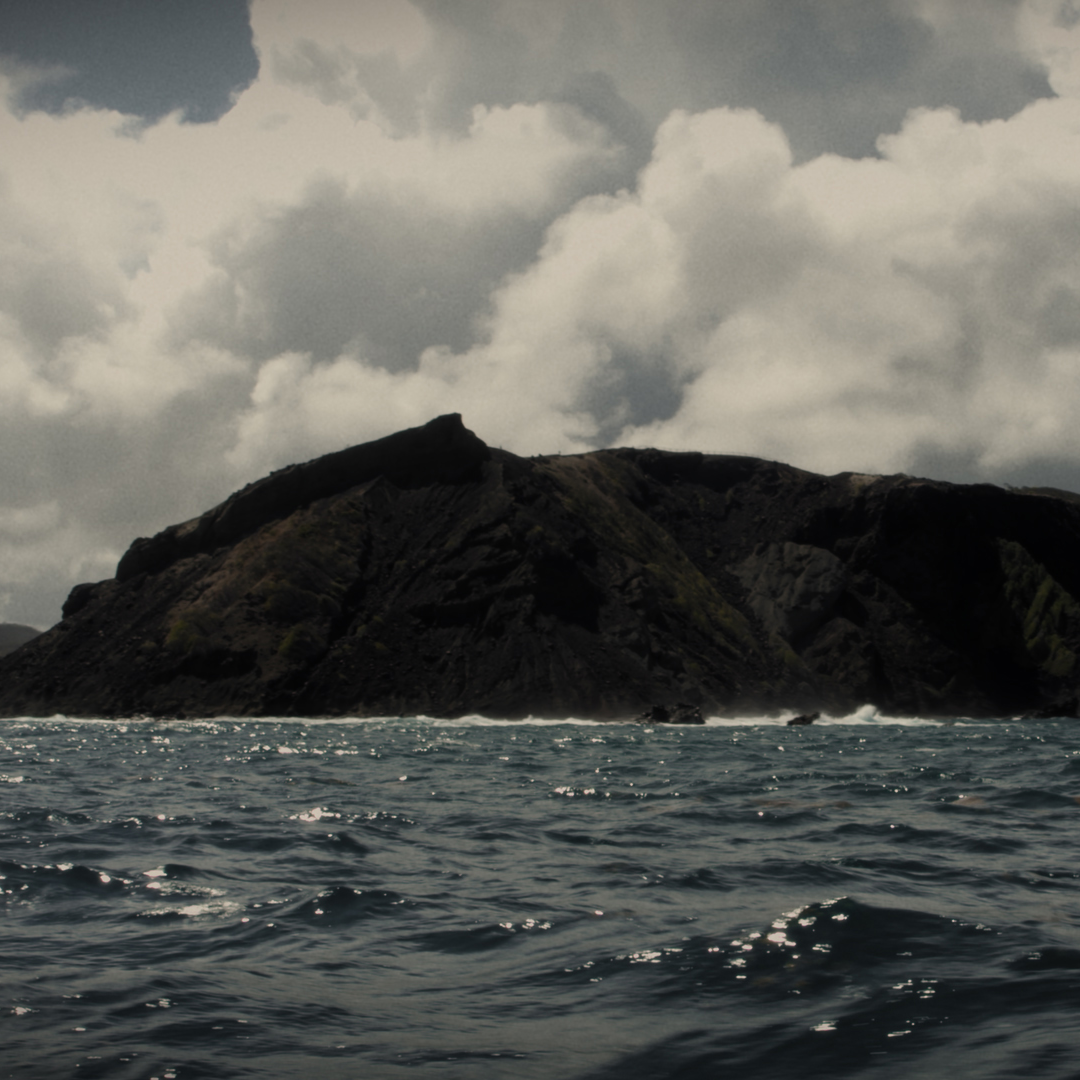

The geological cradle of Martinique, the Caravelle peninsula protrudes proudly into the blue Atlantic. Located on the east coast of the island between Robert and Trinité, it remains largely untouched thanks to its nature reserve and agricultural land of the Galion. Between 1988 and 1989, the Exploitation Agricole du Galion, then owner of 400 hectares at the tip of the Caravelle, decided to preserve the wild nature of this land and gave it to the Conservatoire du Littoral to create the Caravelle nature reserve.

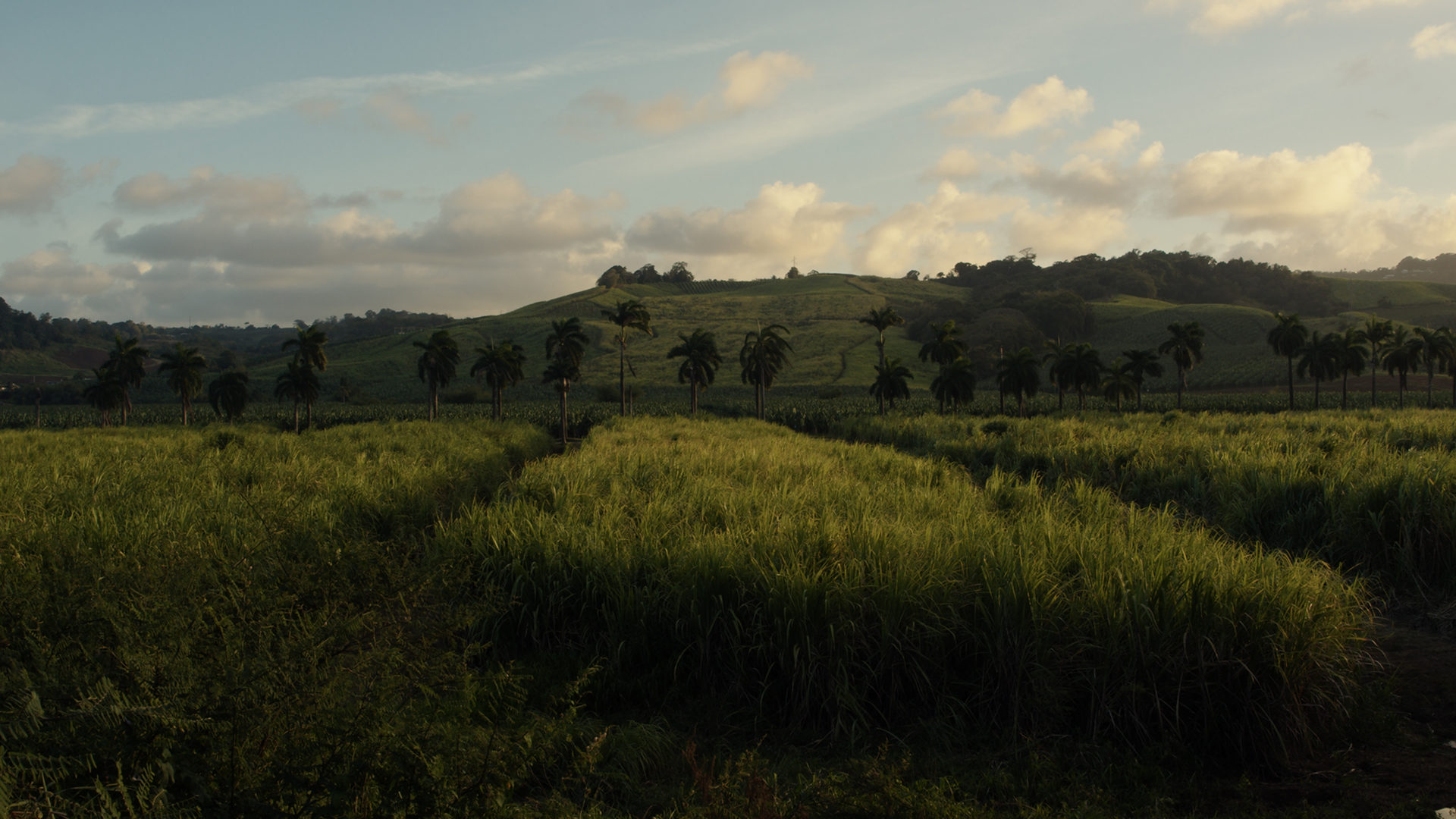
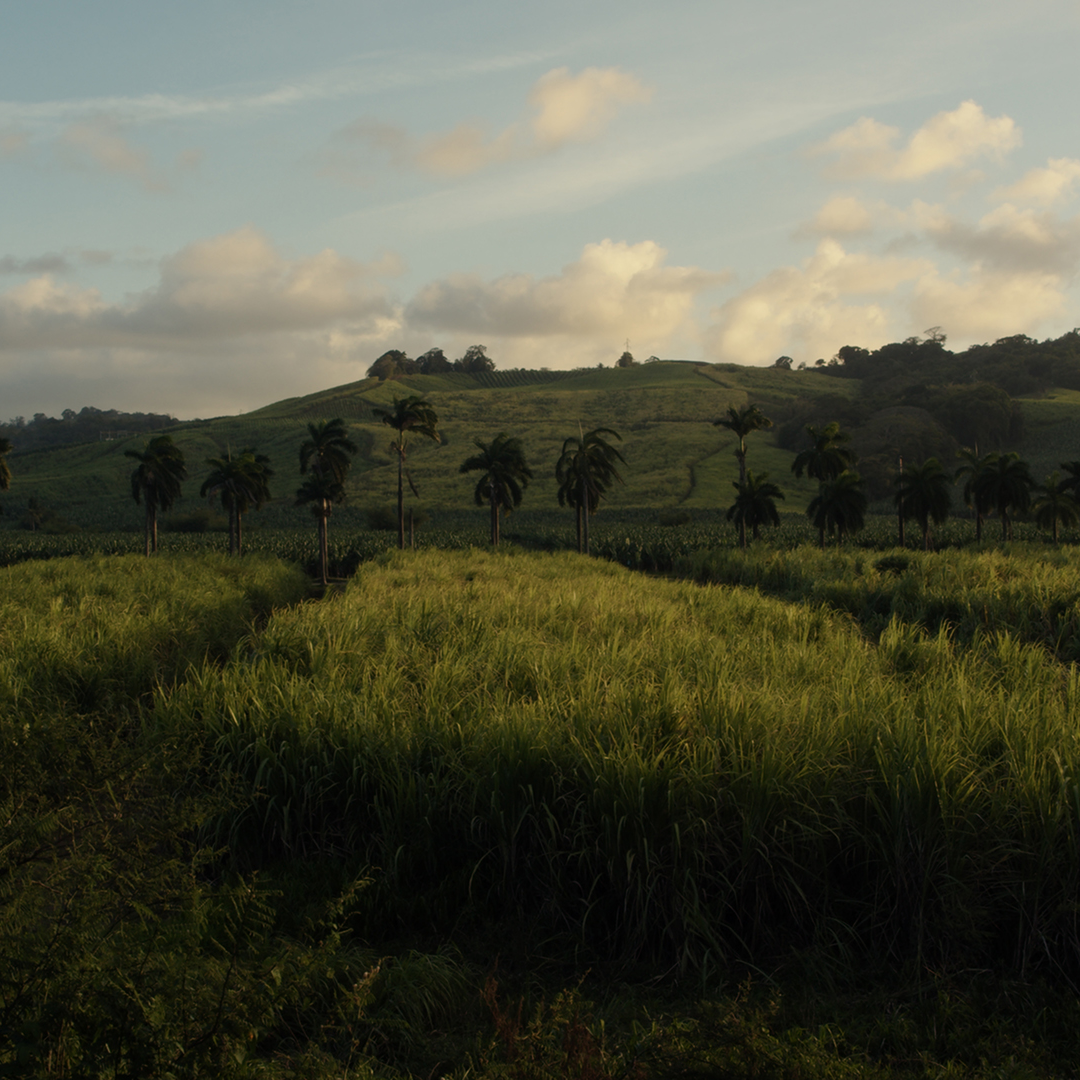

The Exploitation Agricole du Galion stretches for 1600 hectares in an arc around the Baie du Galion, from the end of the Caravelle nature reserve in the East to Dufferet in the West, on the banks of the Galion River. From Trinité in the north to Robert in the south. The climate and rainfall vary significantly in this agricultural land with its varied and mostly hilly terrain.
The Exploitation Agricole du Galion owns and cultivates 500 hectares of sugar cane. If we add its leasing contracts with smallholders, it manages nearly 750 hectares, which makes it the largest producer in Martinique, with an average of 25,000 to 30,000 tonnes of cane harvested directly each year, and between 5,000 and 10,000 tonnes harvested by smallholders, or around 20% of the island’s total production.
Only 4km apart, the dry parcels of Spoutourne and the moist parcels of Dufferet have completely different rainfall. It is for these differences, which express the richness of its terroir, that Baie des Trésors has chosen to make its rums, selecting the cane from these four parcels from among the 113 parcels that make up the Exploitation Agricole du Galion.
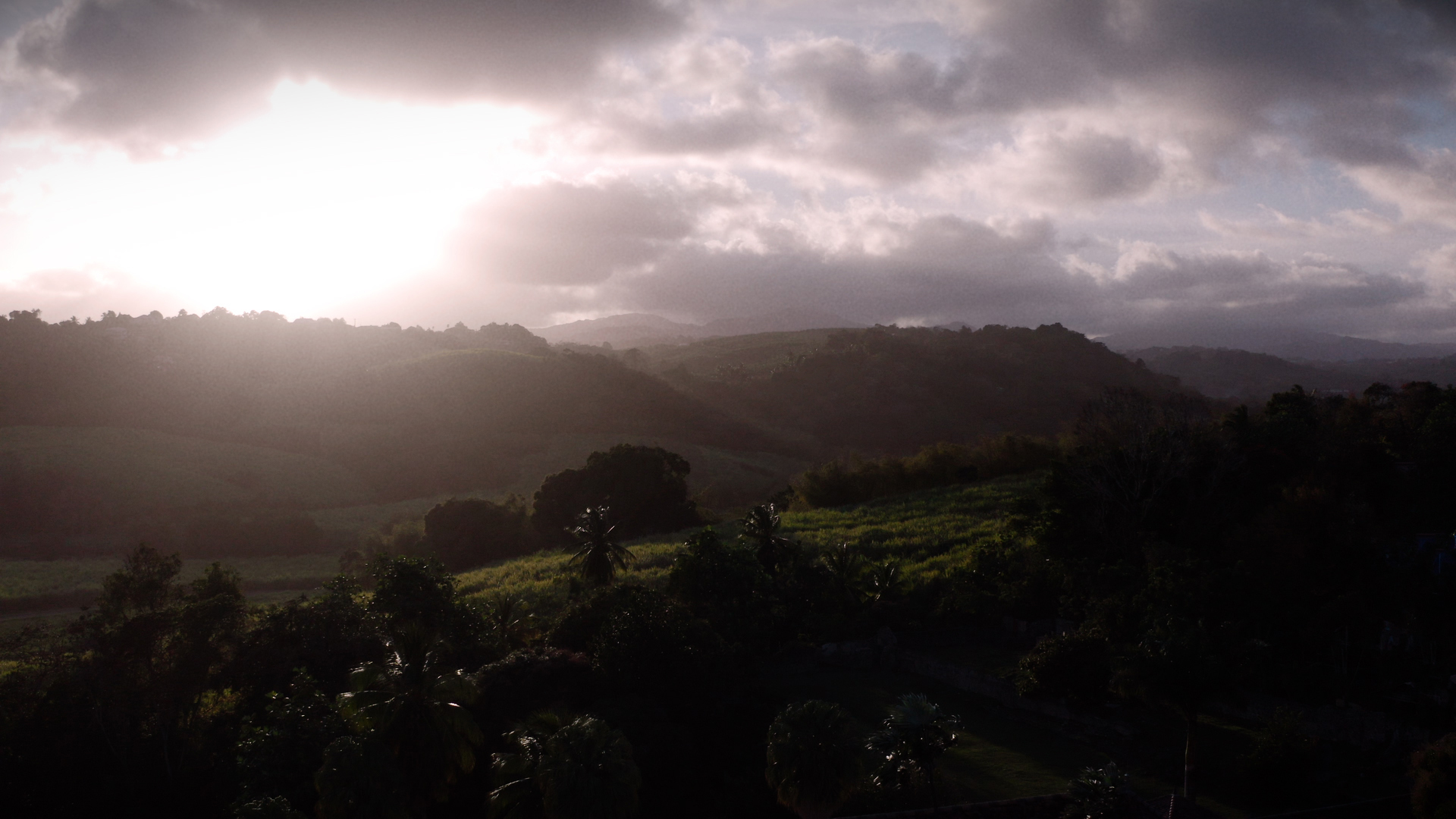
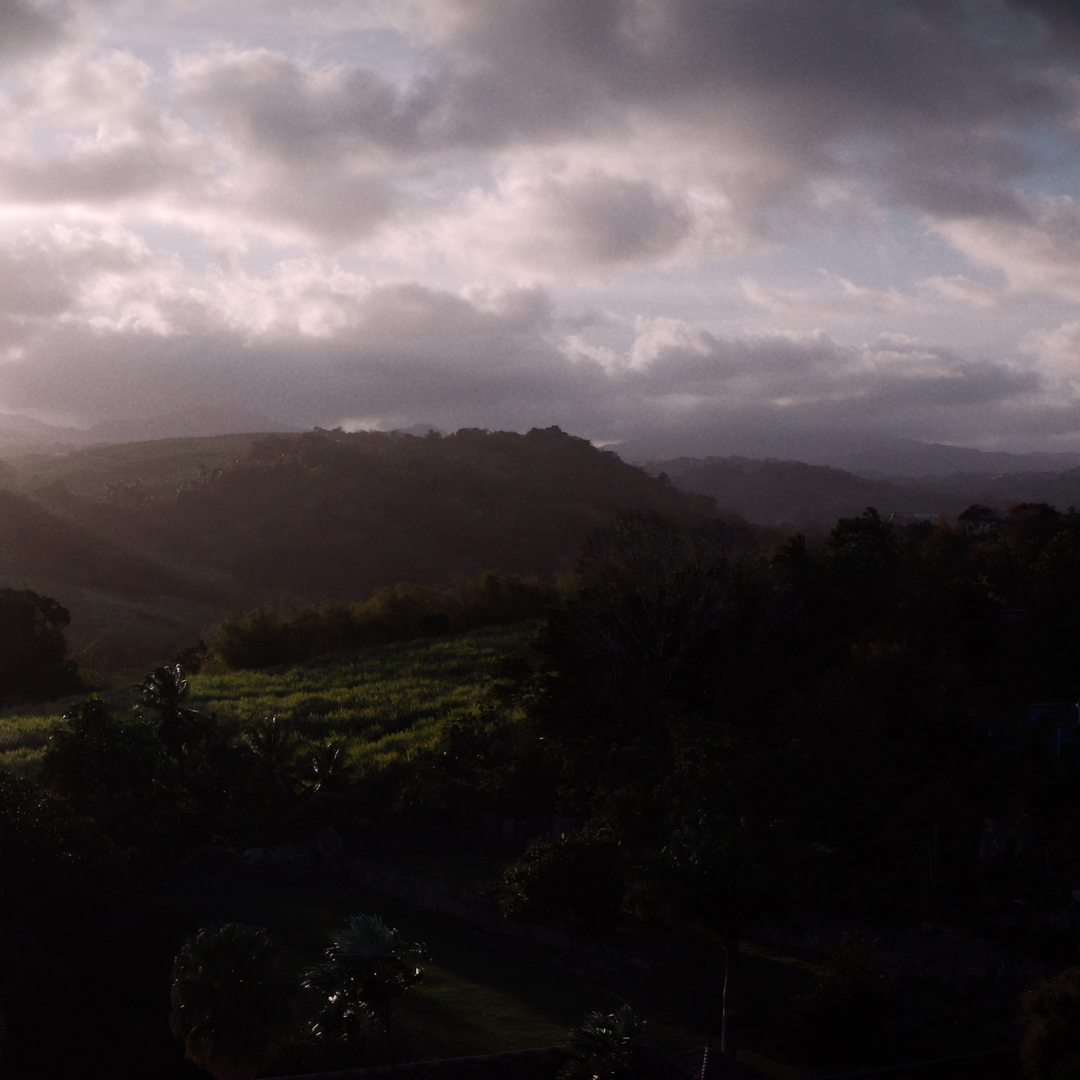
THE DRY PARCELS OF SPOUTOURNE
On the Caravelle peninsula, caressed by the trade winds and protected from tropical downpours, the dry parcels of Spoutourne produce extremely subtle rums. The relative arid nature of the location and the wind have created a beautiful concentration of essential aromas, notably floral in the cane, which are particularly present after suitable distillation and ageing. The low water content of the cane also allows for remarkable concentration, which is fully reflected in the white rum, after appropriate distillation and reduction.
THE MOIST PARCELS OF DUFFERET
On the higher ground, exposed to tropical rainfall, the land around Dufferet receives remarkable amounts of water, usually around 2,000 millimetres each year. These generous rains nourish the canes, which gorge themselves on water, flourish like thick grass and result in full-bodied rums, generous and full of sweetness.